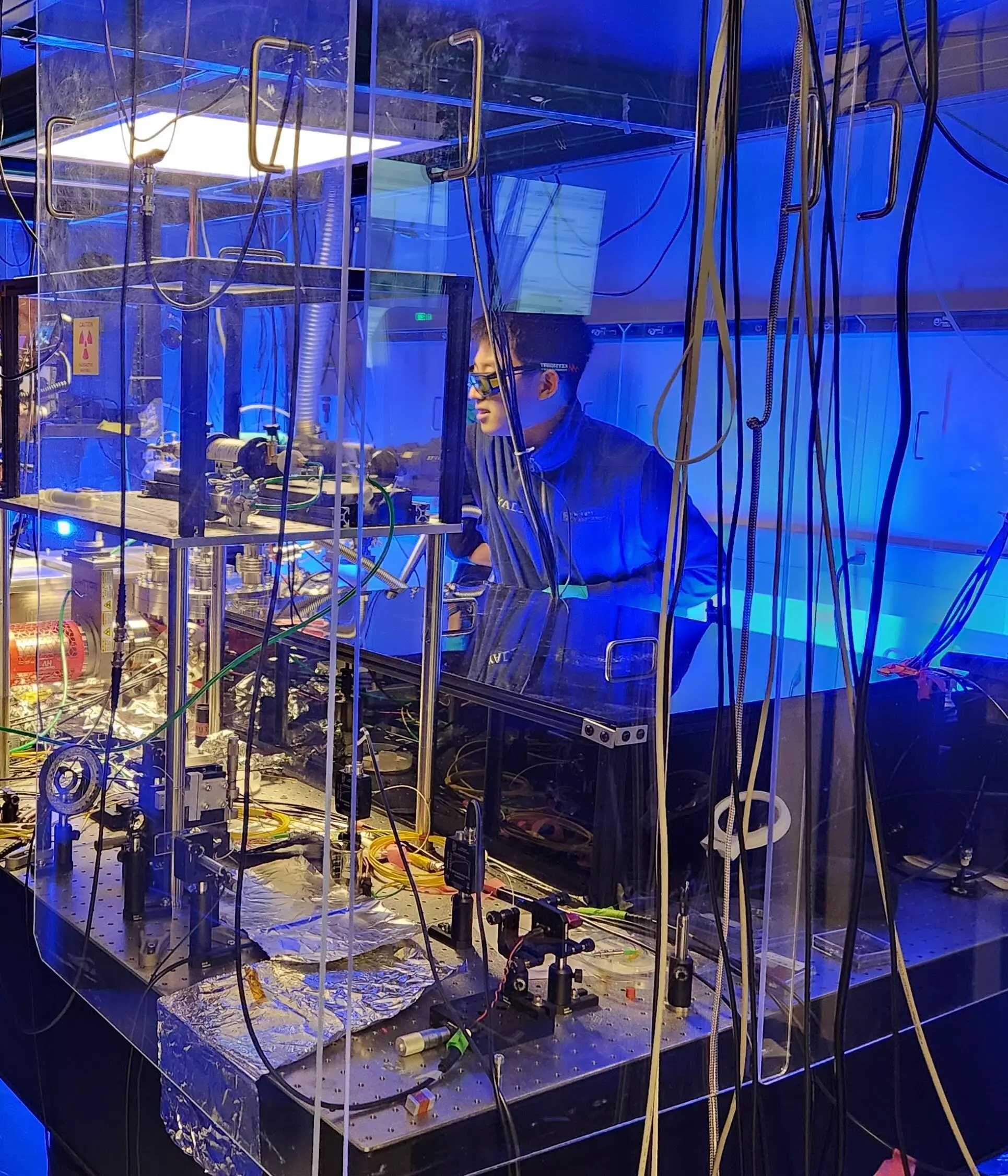In the realm of modern physics, the quest to unravel the mysteries of atomic interactions and particle behavior has taken a substantial leap forward thanks to innovative advancements in detection instrumentation. Researchers, notably those at Yale University, are pioneering groundbreaking methodologies that promise to enhance our understanding of fundamental particles and their interactions. By pushing the boundaries of what we know about nuclear decay—a process that intricately ties into the stability of atomic nuclei—scientists are on the cusp of making unprecedented discoveries that could reshape our understanding of the universe.
The Yale Innovation: A New Detection Method
At the heart of this revolution is a newly developed technique aimed at mechanically detecting individual instances of nuclear decay. This process is critical as it allows for the observation of energy loss in unstable atomic nuclei through radiation emission. What sets this approach apart from conventional detectors is its remarkable sensitivity to all emitted particles, including neutral ones, which often elude existing detection methods. David C. Moore, a key figure behind this research, emphasized the capacities of the Yale team by stating, “Recently, the sensitivity of these systems has become so good that we realized we could detect the forces imparted by a single fundamental particle, such as an alpha particle emitted in a nuclear decay.”
This method involves the innovative use of micron-scale sensors and accelerometers engineered to monitor minute forces. By embedding radioactive nuclei in a small, dust-sized particle, researchers can observe changes in the electric charge indicative of decay events. The precision of this setup is astounding, allowing scientists to measure particle recoil on an incredibly fine scale of mere nanometers. Such groundbreaking specifics embody a pivotal shift in experimental physics, wherein even rare decay events—occurring perhaps only once each day—can be reliably detected and studied.
Potential Applications and Implications
The implications of this research extend far beyond the confines of basic particle physics. With the ability to detect neutral particles—historically challenging to monitor—this technique could significantly advance several fields, including nuclear monitoring and non-proliferation efforts. The detection of long-lived isotopes through sophisticated observation could pave the way for enhanced safety protocols in nuclear science, potentially mitigating risks associated with nuclear energy and weapons proliferation.
Moreover, the possibilities for progressive research are tantalizing. The exploration for dark matter and exotic particles could notably benefit from these methodologies. Such experiments not only delve into the unknown aspects of the universe but also challenge existing paradigms within theoretical physics. As scientists like Moore aspire to refine these techniques further by focusing on smaller nanoparticles, they signal an exciting frontier where the faintest signals from particles like neutrinos—elusive by nature—can be captured.
A New Era in Particle Physics
The advancements at Yale exemplify a pivotal moment in the history of particle detection. The precision and resolution offered by this new methodology could redefine how researchers approach long-standing questions in physics. Traditional detectors, constrained by their inability to capture neutral particles, may soon be rendered outdated by the innovative engineering of these new detection systems.
This research not only enhances our current capacity to observe fundamental interactions but also promotes a philosophy of inquiry that encourages interdisciplinary collaboration. The merging of concepts from engineering, physics, and material science is evident in the development of these sensitive sensors, underscoring the interconnected nature of scientific exploration.
In essence, the path that researchers at Yale are forging is one filled with potential. Their persistent pursuit of knowledge through novel technologies not only reflects the spirit of scientific endeavor but also highlights the transformative power of innovation in understanding the fundamental laws governing our universe. As this exciting field continues to evolve, it will undoubtedly usher in an era of breakthroughs that challenge our perceptions and expand our knowledge of the natural world.

